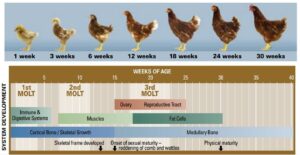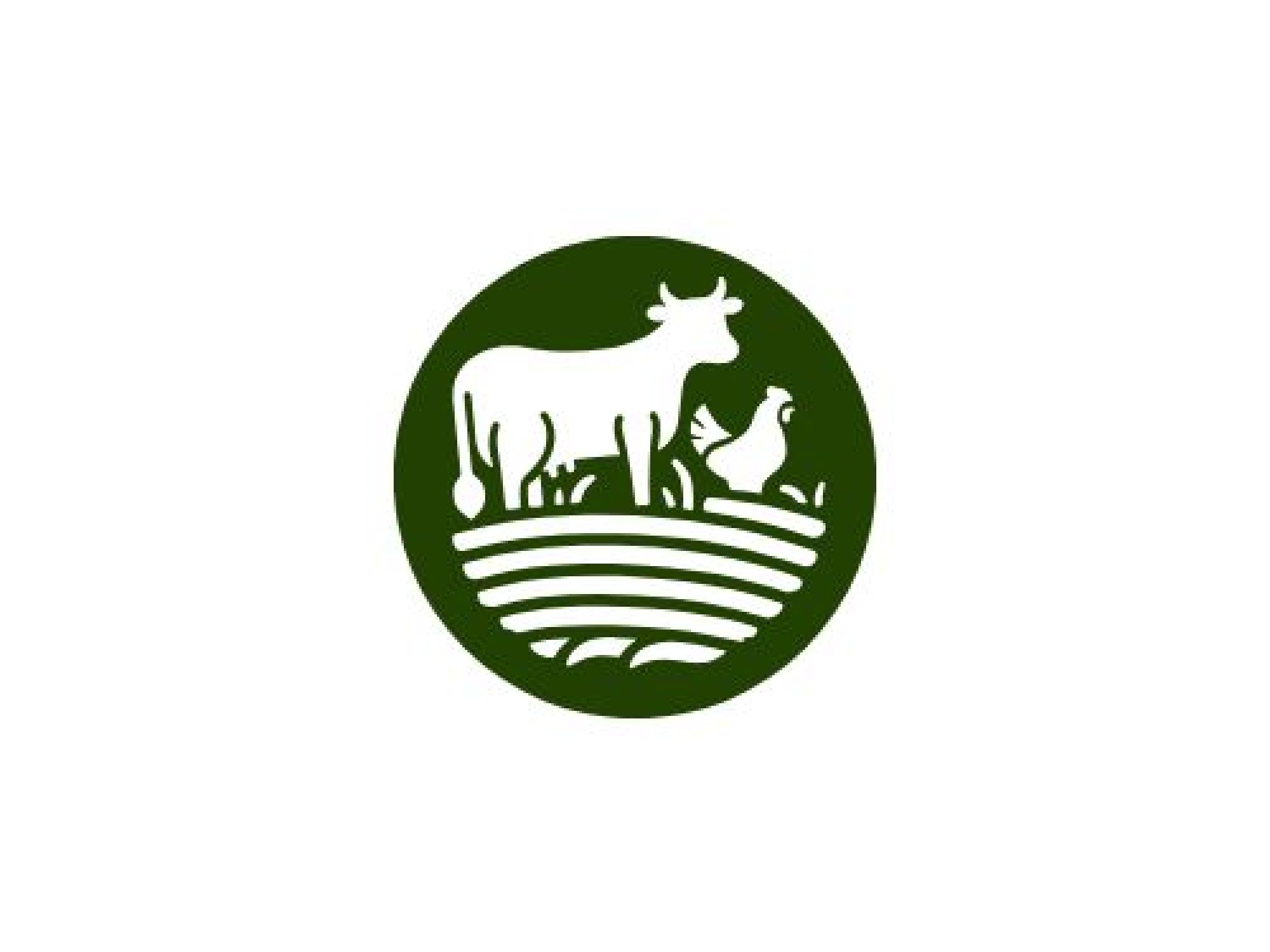Taxonomy is the science of naming, describing, and classifying organisms. In taxonomy, organisms are arranged into groups based on similarities and differences. These groups are organized in a hierarchical system known as taxonomic categories or taxonomic ranks. Each category is a level of classification, starting from the broadest (most general) to the most specific.
Thank you for reading. Don't forget to subscribe & share!
Main Taxonomic Categories (From Broad to Specific)
Kingdom, Phylum (for animals) / Division (for plants), Class, Order, Family, Genus, Species
1. Kingdom: Largest and broadest category. Groups all living organisms with fundamental similarities. Example:
Animalia (Animals)
Plantae (Plants)
Fungi, Protista, Monera (other kingdoms)
2. Phylum: (Division in Plants). A group of related classes. Organisms share major structural similarities. Example: Chordata (animals with a backbone)
3. Class: A group of related orders. Example: Mammalia (mammals like humans, dogs, whales)
4. Order: A group of related families. Example: Carnivora (meat-eating mammals: lions, bears, wolves)
5. Family: A group of related genera (plural of genus). Organisms in a family share more similarities compared to higher ranks. Example: Felidae (cats, including lions, tigers, domestic cats)
6. Genus: A group of closely related species. It is always capitalized and italicized (in scientific names). Example: Panthera (genus for lions: Panthera leo and tigers: Panthera tigris)
7. Species: Smallest and most specific category. Organisms of the same species can interbreed and produce fertile offspring. The species name is written in lowercase and italicized (scientific name is binomial: Genus + species). Example: Panthera leo (Lion), Homo sapiens (Humans)
Key Points to Remember
Higher categories (Kingdom, Phylum) have more organisms with less similarity.
Lower categories (Genus, Species) have fewer organisms with more similarities.
Scientific names are binomial (Genus + species).
1. Specific Category (Species Level)
The specific category corresponds to the species, the fundamental unit of biological classification. A species is a group of organisms that are structurally similar, share common ancestors, and are capable of interbreeding to produce fertile offspring under natural conditions. Species is the basic, real, and stable unit in taxonomy — it reflects natural relationships among organisms. Scientific naming at the species level follows binomial nomenclature, introduced by Carl Linnaeus:
Genus name (capitalized) + species epithet (lowercase), both italicized.
Example: Homo sapiens (modern humans).
Characteristics of Specific Category: Members have similar morphology, physiology, genetics, and behavior. Reproductive isolation maintains the identity of species. Species diversity is a key indicator of biodiversity in ecosystems.
2. Infraspecific Category (Below Species Level)
Sometimes, variation exists within a single species due to geographic isolation, environmental factors, or evolutionary adaptation. Infraspecific categories classify these minor, consistent differences that are not large enough to form new species. These categories help further organize biological diversity within species.
Major Infraspecific Ranks:
Subspecies: A geographically isolated and morphologically distinct population within a species.
Example: Panthera leo leo (African lion) and Panthera leo persica (Asiatic lion).
Variety (var.): Common in botany. Refers to natural variations within plant species.
Example: Brassica oleracea var. capitata (cabbage).
Form (forma): A minor variation, often based on color, shape, or size. Used mainly in botany.
Importance of Infraspecific Categories: Reflect evolutionary processes such as natural selection and genetic drift. Help in conservation efforts by recognizing unique populations.Important in agriculture, forestry, and wildlife management.
3. Higher Categories (Above Species Level)
Higher categories represent broader groupings of organisms that share common traits. These are abstract and conceptual groups used for organizing the vast diversity of life. Each higher category includes one or more lower categories based on shared features. As we move up the hierarchy, similarity between organisms decreases, but the number of organisms increases.
Major Higher Categories:
| Category | Description | Example |
| Genus | Group of related species | Felis (domestic cats, wildcats) |
| Family | Group of related genera | Felidae (cats) |
| Order | Group of related families | Carnivora (meat-eaters like lions, bears) |
| Class | Group of related orders | Mammalia (mammals) |
| Phylum/Division | Group of related classes | Chordata (animals with backbone) |
| Kingdom | Group of related phyla/divisions | Animalia (animals) |
| Domain (sometimes included) | Broadest level (Bacteria, Archaea, Eukarya) | Eukarya (cells with nuclei) |









